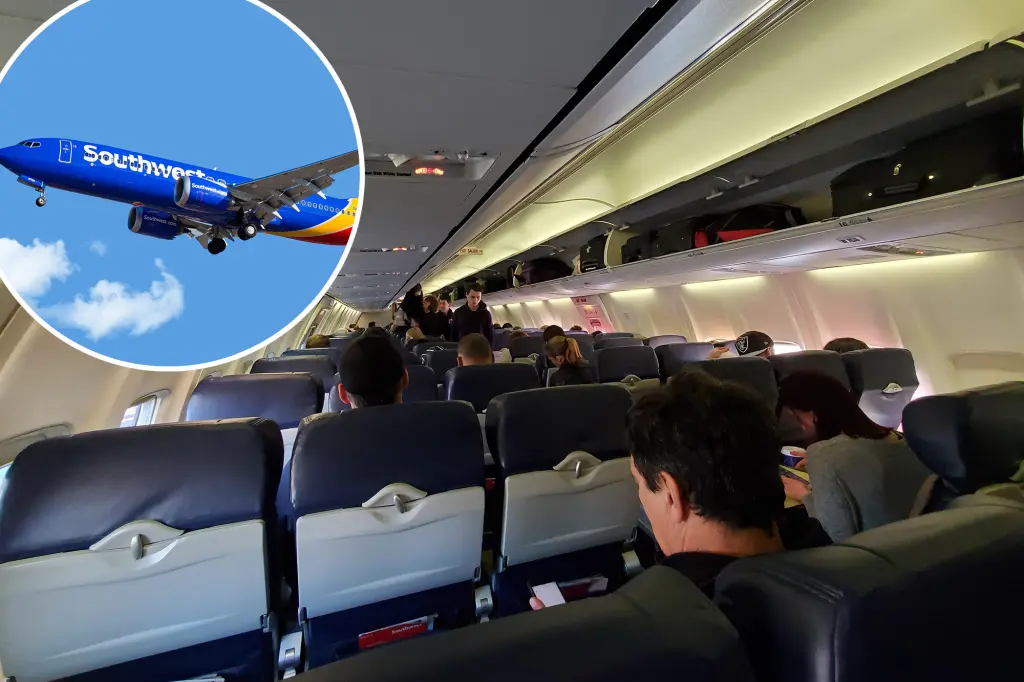Southwest Airlines Reinvents Its Boarding Process Amidst Major Changes
In a significant departure from its longstanding traditions, Southwest Airlines is embracing a series of transformative changes that will fundamentally alter the flying experience for its customers. After decades of being known for its open seating policy and free checked bags—policies that differentiated it from competitors and earned loyal followers—the airline is adopting industry-standard practices while implementing a unique twist on the boarding process. Starting January 27, 2026, Southwest will introduce assigned seating for the first time in its history, alongside a new boarding methodology that aims to maintain efficiency while accommodating different passenger priorities. These changes represent one of the most substantial operational shifts in the company’s history, moving away from the “cattle call” boarding process that has been both loved and criticized by travelers over the years.
The new boarding system, while introducing assigned seats, won’t simply mirror what other airlines do. Southwest has developed a distinctive approach that primarily follows what industry insiders call the WILMA method—Window, Middle, Aisle—starting from the back of the aircraft. Passengers will receive boarding passes with a designated group (1-8) and a number, creating a structured order for entering the plane. This scientific approach prioritizes window seat passengers boarding first, followed by those in middle seats, and finally passengers assigned to aisle seats. The reasoning behind this methodology is efficiency: by having window seat passengers board before those in the middle or aisle, the airline hopes to eliminate the awkward shuffling and standing that occurs when passengers need to climb over others to reach their seats. As Lisa Hingson, Southwest’s managing director of innovation explained to the Wall Street Journal, “If queuing isn’t good, boarding isn’t good. So we spent a lot of time studying queuing.” This emphasis on the science of boarding demonstrates Southwest’s commitment to addressing one of air travel’s most persistent pain points.
While the WILMA approach forms the foundation of the new boarding process, Southwest has carefully incorporated exceptions to accommodate its most valued customers. Passengers with various perks—whether from frequent flier status, premium ticket types, seat selection, or co-branded credit cards—will automatically receive priority boarding in groups 1 or 2, regardless of their seat assignment. This hierarchical approach ensures that Southwest can continue rewarding customer loyalty while transitioning to a new operational model. Active-duty military members and passengers with disabilities will continue to board first, maintaining Southwest’s commitment to these groups. Additionally, the airline plans to offer a last-minute Priority Boarding option with dynamic pricing, allowing passengers to pay their way into earlier boarding groups. This approach—reported by the Wall Street Journal to cost as much as $93 one-way on a recent Phoenix-Dallas flight—introduces a premium option for those willing to pay for convenience while creating a new revenue stream for the airline.
The strategic implications of this new boarding methodology are particularly significant for passengers seated toward the front of the cabin who don’t qualify for priority boarding. These travelers may find themselves in later boarding groups—as evidenced by a boarding pass observed by the Wall Street Journal showing a passenger in seat 12C (typically considered a desirable economy location) assigned to group 7. This scenario creates potential challenges for accessing overhead bin space, as passengers boarding earlier will have first access to storage areas throughout the aircraft. Unlike some other airlines that board strictly front-to-back or back-to-front, Southwest’s window-middle-aisle approach means that prime overhead space near the front of the cabin may be filled by window-seat passengers from any row who board in earlier groups. This reality may incentivize more passengers to purchase priority boarding options or pursue status with the airline’s Rapid Rewards loyalty program, further boosting ancillary revenue opportunities.
Southwest appears to have anticipated potential confusion with its new system, incorporating design elements to ease the transition for passengers. Boarding passes will clearly indicate whether a passenger is seated in a window, middle, or aisle seat, providing immediate visual cues about when they should expect to board. As Hingson noted, “Since we’re moving away from boarding positions, we wanted to be very clear about the difference between a boarding position and a seat.” This attention to communication details reveals Southwest’s awareness that changing longstanding policies requires careful customer education. The airline isn’t the first to adopt this kind of boarding method—United Airlines implemented a similar approach several years ago, citing efficiency improvements. However, Southwest’s implementation comes with the added complexity of transitioning a customer base that has never experienced assigned seating on the carrier, making clear communication particularly crucial to the success of the program.
These changes to Southwest’s boarding process represent just one aspect of a broader transformation for the airline, which is simultaneously introducing checked bag fees and abandoning its open seating policy. Together, these moves signal Southwest’s willingness to evolve its business model to remain competitive in a challenging industry environment, even if it means moving away from some of the distinctive policies that once defined its brand identity. For passengers, the impact will be mixed—some will appreciate the certainty of assigned seating and the potential for a more orderly boarding process, while others may lament the loss of Southwest’s unique approach and the new fees. What remains to be seen is whether these changes will help Southwest attract new customers while retaining its loyal base, or if they might dilute the carrier’s once-distinctive position in the marketplace. As the January 2026 implementation date approaches, both the airline and its passengers will be preparing for what promises to be a significant evolution in the Southwest travel experience.


